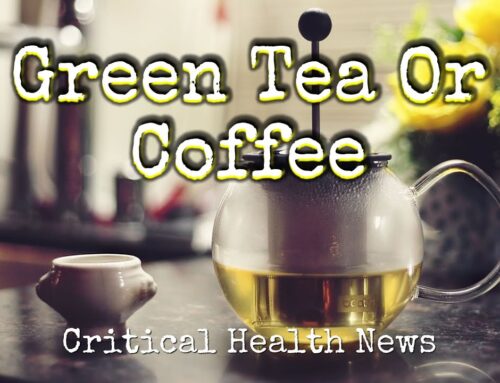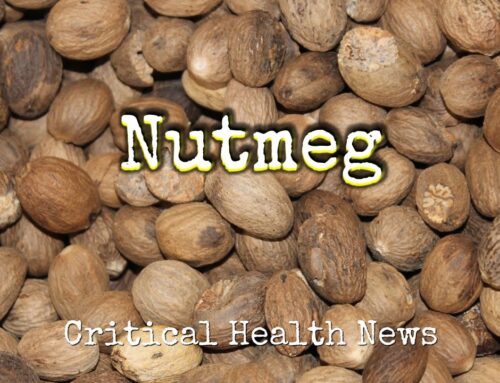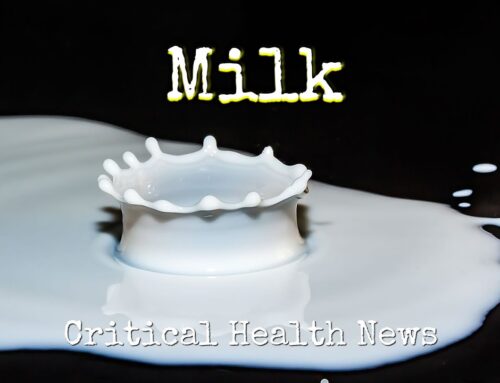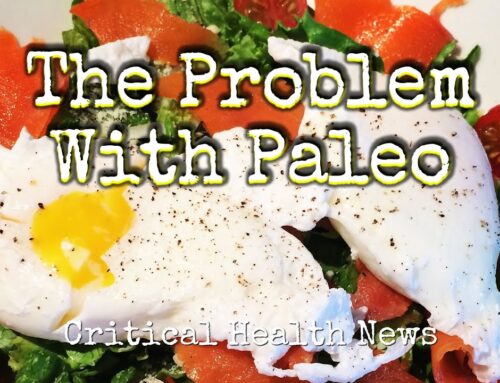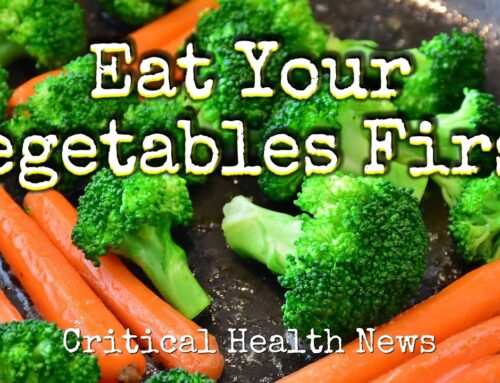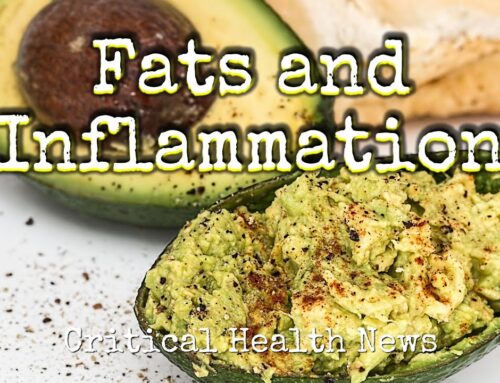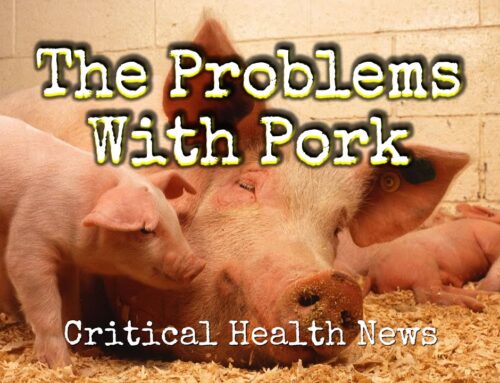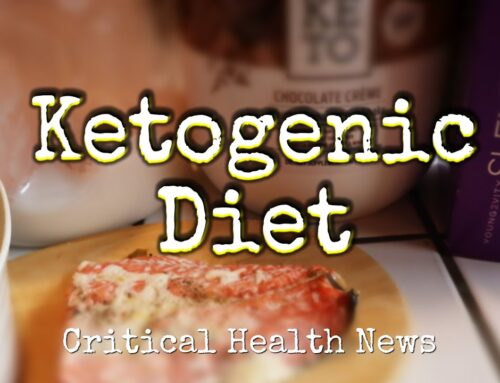We all need to eat to stay nourished, but these days the food we’re ingesting can cost us more nutrients than it provides. This is especially a problem with packaged or boxed carbohydrates, cereals and desserts. The load on the body’s mineral and vitamin resources which has to be mobilized to digest, assimilate and otherwise process them can result in nutritional deficits.
Modern produce can also be problematic. Dietary phytonutrients that lower blood sugar, improve cardiovascular health and protect against cancer and other diseases tend to be bitter. Because consumers value sweetness over the accurate taste of plant-based nutrients like flavonoids and terpenes, the food industry uses genetic modification techniques to reduce the concentration of these unpalatable chemicals.
Then there’s the pesticides and fertilizers used in conventionally grown produce. Over a billion pounds of toxins like malathion and glyphosate are used in U.S. produce every year and because much of it is incorporated into the plant as it’s growing, they’re impossible to avoid. According to the USDA up to 70 percent of U.S. produce contains poisonous pesticide residues.
It’s easy to imagine the toxic load being born by Americans enjoying what’s marketed as and what should be healthy produce. That’s why choosing organic is always best. Aside from containing fewer toxins, crops grown without nasty chemicals are healthier and more nutrient dense. Still, that’s not always possible and if you have to eat conventionally grown plant foods, stick to the cleanest fruits and veggies, which according to the environmental working group include avocados, corn, pineapple, onions, eggplant, asparagus, cauliflower, cantaloupe and broccoli.

